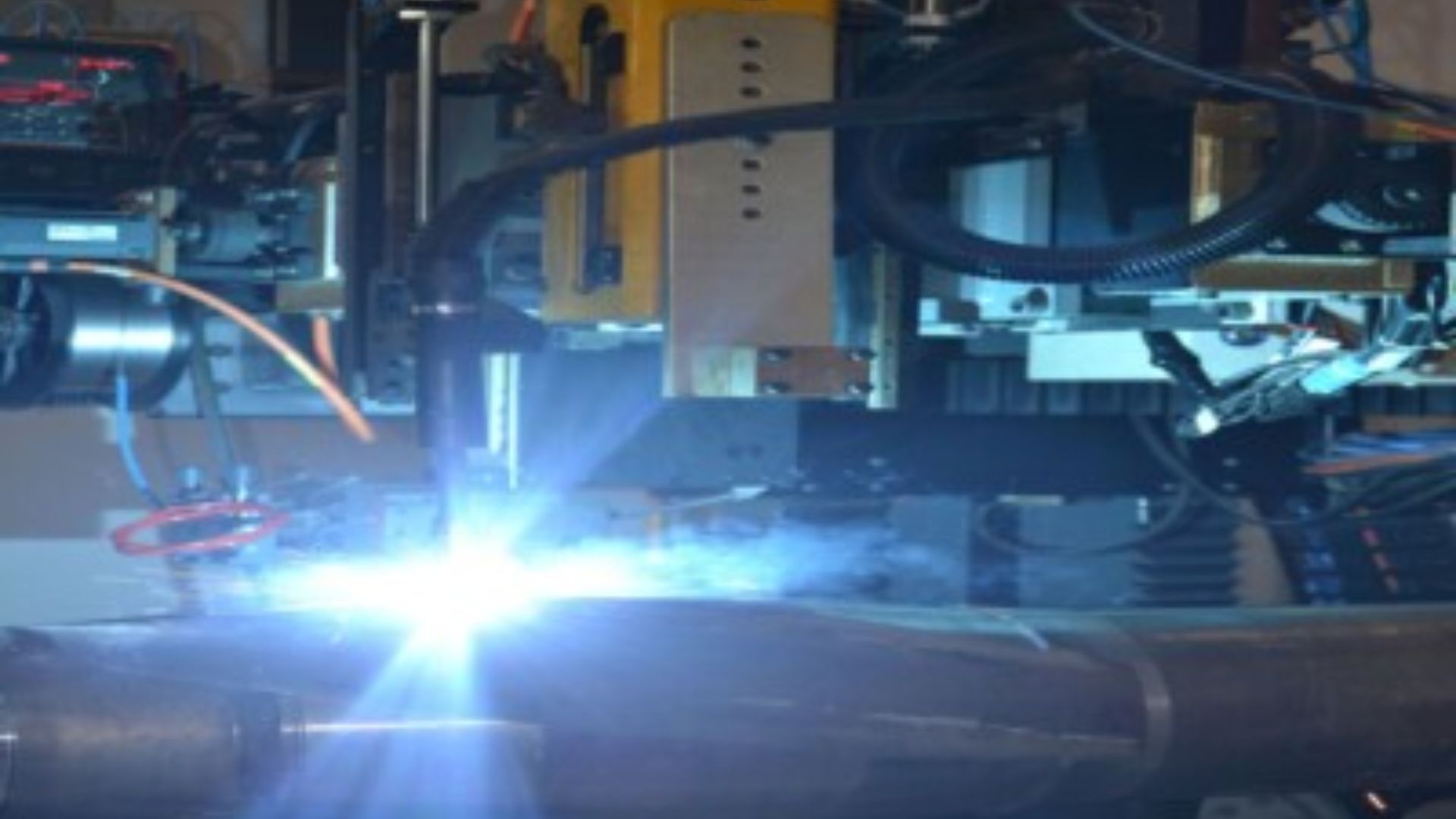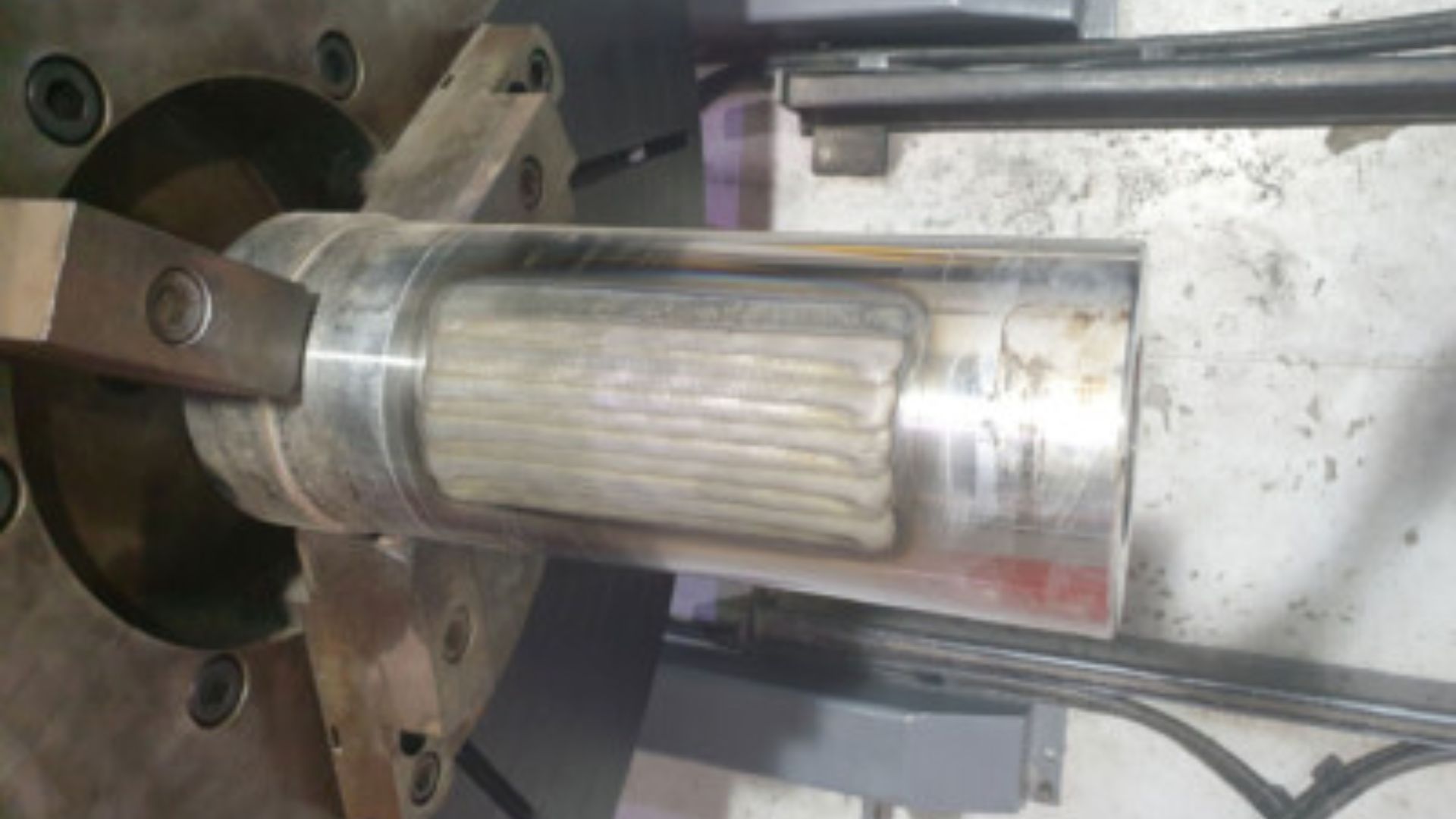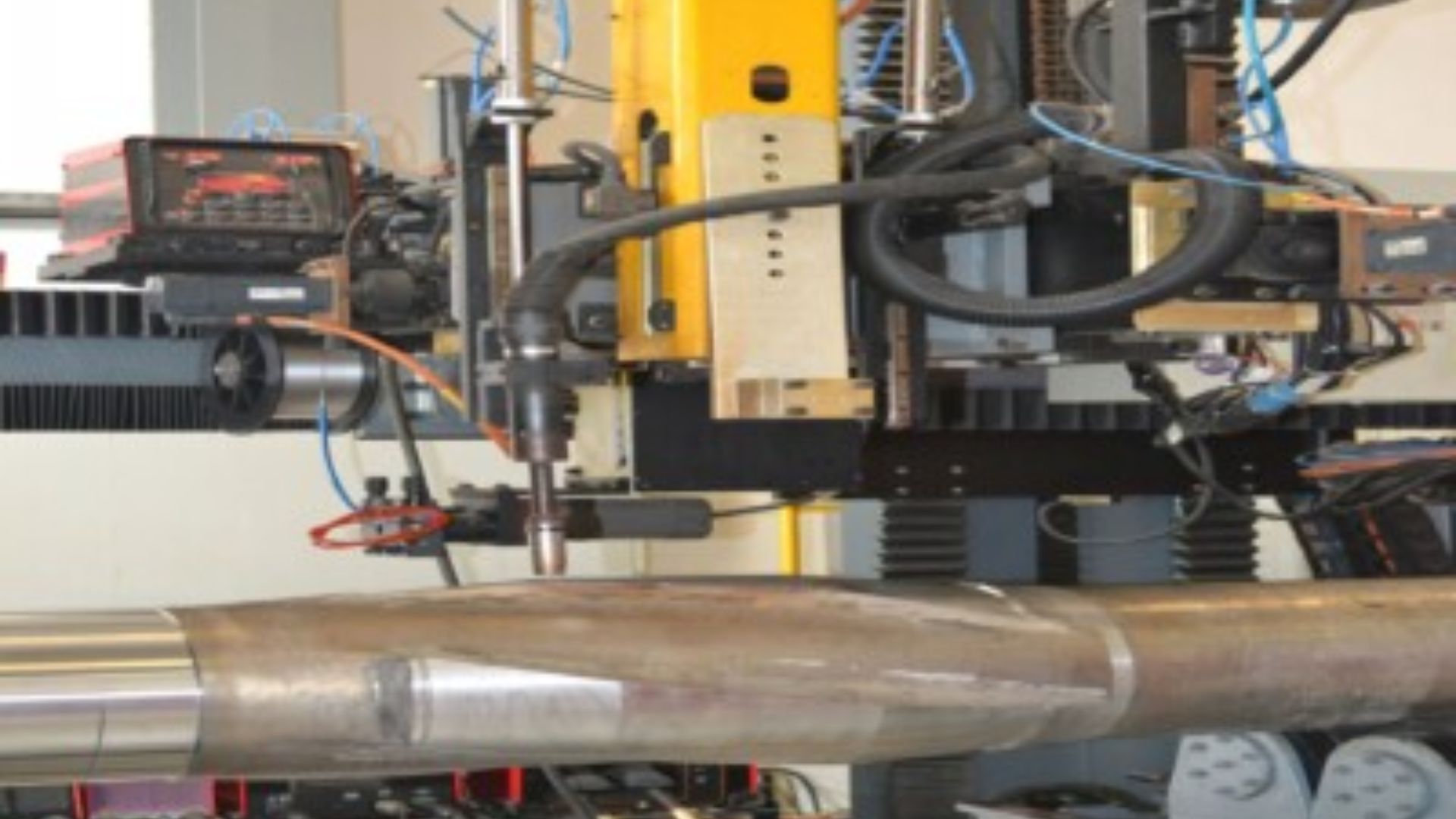Plasma Transferred Arc (PTA) cladding is a process used to enhance the surface properties of metal components, providing them with increased resistance to wear, corrosion, and high temperatures. The quality and durability of PTA Cladding are critical in industries such as oil and gas, power generation, and manufacturing. To ensure the longevity and effectiveness of cladded surfaces, regular maintenance and inspection are essential. This blog outlines the best practices for maintaining and inspecting PTA cladded surfaces, focusing on the importance of these procedures in ensuring the performance and safety of critical components.

Understanding PTA Cladding
Before delving into maintenance and inspection, it’s crucial to understand what PTA cladding involves. The PTA cladding process uses a plasma arc to deposit a layer of material onto a substrate. This material layer, often a hard-facing alloy, enhances the substrate’s surface properties, making it more resistant to various forms of damage. The precise application of this layer is critical, as it determines the effectiveness of the protection offered by the cladding.
Regular Maintenance of PTA Cladded Surfaces
The longevity of PTA cladding is predominantly contingent upon appropriate maintenance protocols. Regular maintenance includes cleaning, monitoring wear patterns, and applying protective coatings if necessary. Cleaning cladded surfaces is vital to remove contaminants that can accelerate wear and corrosion. Depending on the environment and the material, different cleaning methods may be employed, such as chemical cleaning, abrasive blasting, or ultrasonic cleaning.
In addition to cleaning, it’s important to monitor the wear patterns on PTA cladding. Over time, even the most durable cladding can wear down, especially in harsh environments. By tracking wear rates, maintenance teams can predict when a component may need to be refurbished or replaced. This proactive approach helps in minimizing unexpected downtime and maintaining the integrity of the equipment.
Inspection Techniques for PTA Cladded Surfaces
Inspection of PTA cladding surfaces is a critical aspect of maintaining their functionality and safety. Various non-destructive testing (NDT) methods are used to inspect cladded surfaces, ensuring they meet the required specifications and are free from defects. Common NDT methods include visual inspection, ultrasonic testing, dye penetrant inspection, and magnetic particle testing.
Visual inspection is often the first step in the inspection process. It involves checking the surface for visible signs of wear, cracks, or other defects. However, not all defects are visible to the naked eye, which is where advanced NDT methods come in. Ultrasonic testing, for instance, uses high-frequency sound waves to detect internal flaws in the cladding. This method is particularly useful for identifying subsurface cracks or voids that could compromise the integrity of the cladded layer.
Dye penetrant inspection is another useful technique, especially for detecting surface-breaking defects. This method involves applying a liquid dye to the surface, which seeps into any cracks or defects. The excess dye is then removed, and a developer is applied to draw out the dye from the defects, making them visible under UV light. In contrast, ferromagnetic materials are subjected to magnetic particle testing, which uses a magnetic field applied to the surface to identify discontinuities at and near the surface.

Conclusion
Maintaining and inspecting PTA cladding surfaces are essential practices for ensuring the longevity and reliability of critical components in various industries. Regular cleaning, monitoring wear patterns, and employing advanced inspection techniques are key to detecting issues early and preventing costly failures.
For industry professionals looking to stay updated on the latest technologies and best practices in surface protection, Raysun Techno Industries LLC offers expert solutions and insights. With a commitment to quality and innovation, Raysun Techno Industries LLC is a trusted partner in providing advanced cladding solutions that meet the highest standards of performance and durability. Whether you’re dealing with harsh industrial environments or high-temperature applications, Raysun Techno Industries LLC has the expertise to deliver reliable and effective cladding solutions tailored to your needs.

